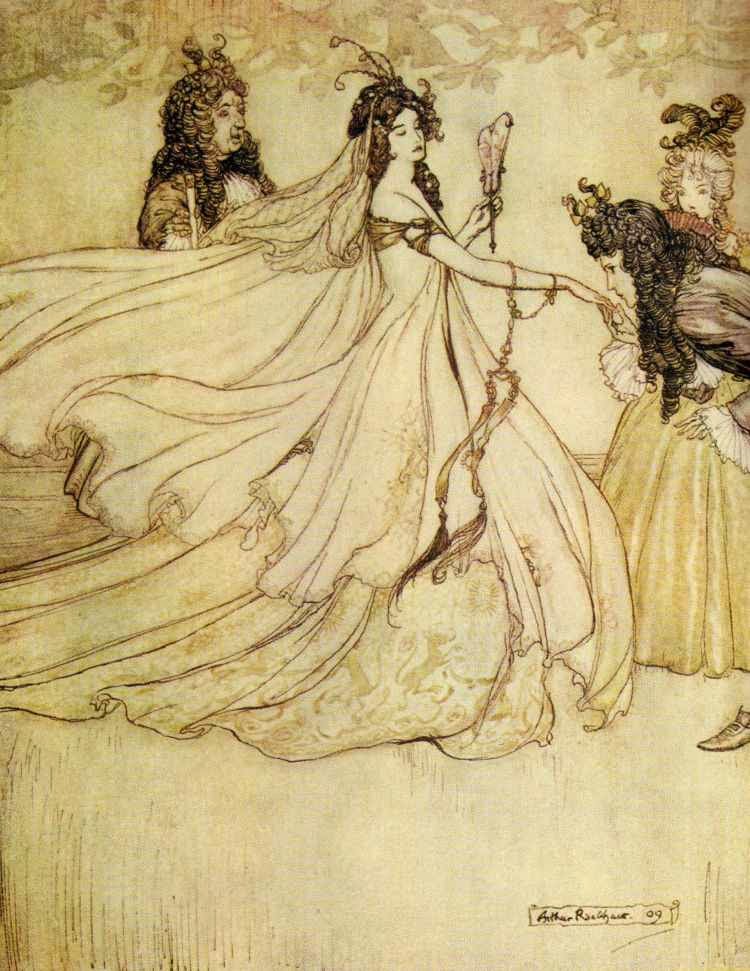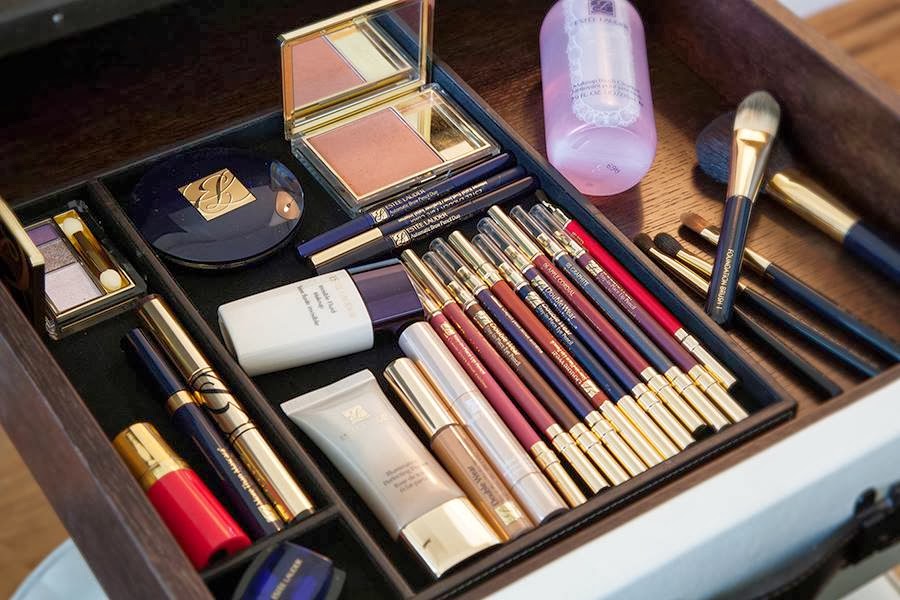FAIRIES AND BEAUTIFUL MEN
AFTER mermaids, I can only write a post on fairies, and here it is!
Fairies have a central place in fairy-tales, but the fairy-world is not always benevolent. In my book of Greek folk tales, fairies are sometimes good, but sometimes they are slightly sinister. In Germanic lore, Frau Hulda is a blonde fairy who rewards hard-working girls; in the Grimm fairy-tales there is an old lady who is a cross between a fairy and a witch, and who is neither evil nor really good.
For William Shakespeare in A Midsummer Night's Dream, fairies are beautiful, powerful and magical, but also weird and odd.
In fantasy literature, the fairy-folk are sometimes confused with the Elves, as in Tolkien's The Lord of the Rings and Tad Williams's trilogy Memory, Sorrow and Thorn. In Raymond Feist's Faerie Tale, the fairies are positively evil.
To tell you the truth, I don't like to read about evil fairies! One of the most interesting portrayals of a fairy which I have found recently is in City of Bones, the first part of Cassandra Clare's The Mortal Instruments. This is a fairy called Kaelie, who used to date Jace Wayland, the novel's protagonist.
Kaelie is blonde, pretty and fashionable; she is loyal to the Faerie Queen, and also hard-working -- she is a waitress at a magic cafe during day-time.
Though she is still in love with Jace, I am sorry to say that Kaelie stands no chance! The love of Jace's life is Clary Fray, a human and the novel's central character.
Jace Wayland's past with the fairies adds him fascination and mystery. Generally he is an interesting character, and very beautiful he is too. More about beautiful men in another post!





























